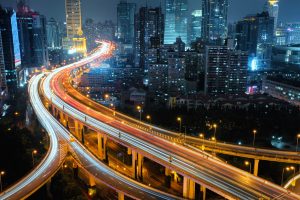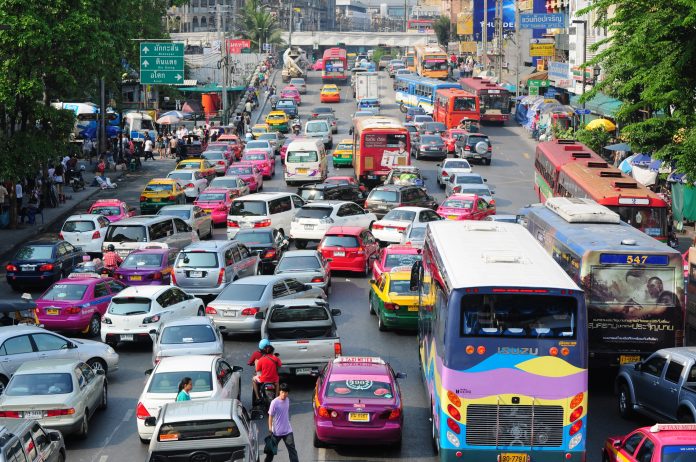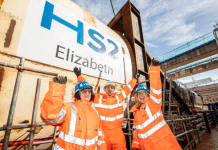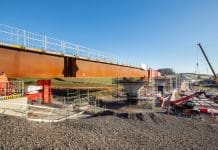Electrifying transport won’t matter without understanding city infrastructure, argues Devin De Vries, CEO of WhereIsMyTransport
The transport discussions at the recent COP26 summit largely focused on the shift away from fossil fuels such as petrol and diesel and towards electric alternatives. But as appealing as the thought of everyone gliding along silently and efficiently in electric vehicles is, it doesn’t provide anything like a full solution.
Quite apart from the fact that it will take some time before the majority of vehicles in developed world cities are electric (never mind in emerging markets), a meaningful reduction in carbon emissions is only possible with proper insights into how people move around cities.
That means that data will be just as, if not more, crucial when it comes to creating an environmentally sustainable future.
The value of data
There can be no doubt that transport plays a major role in carbon emissions. Globally, the sector accounts for anywhere between one-fifth and a quarter of all emissions. Road travel accounts for around three-quarters of that, most of which comes from passenger-carrying vehicles such as cars and buses.
It’s also true that transportation emissions have more than doubled since 1970. That number will likely keep going up, even as developed world countries legislate against traditional fossil fuel-based vehicles and electric vehicles become the norm. That’s because emerging-market cities will keep growing. In fact, research from the World Economic Forum (WEF) shows that the 15 fastest-growing cities – all located in Africa – are set to double their populations by 2035. With all the good will in the world, none of these cities are likely to have a fully-fledged electric transport network by then.
And, in fact, in many of these cities, the problem isn’t so much the number of people driving fossil fuel burning vehicles, as the amount of time they spend on the road. Take Dar es Salaam, for instance. Fewer than one in 10 people own a car and 43% rely on public transport for their daily commute. Despite that, most commuters spend an average of two hours a day on public transport (a number which can increase exponentially during the rainy season when traffic often comes to a complete standstill). In Bangkok meanwhile, commuters spend up to 179 hours stuck in traffic every year. All of the time those commuters are stuck in traffic, the vehicles they’re in are (by and large) idling and emitting carbon dioxide and other greenhouse gases.
 In many instances, these inefficiencies are down to the fact that commuters, operators and authorities don’t have the relevant data needed to make smarter, more efficient decisions. Once they have that data, however, it becomes possible to develop new solutions and localise existing ones, identifying opportunities based on where and how people move.
In many instances, these inefficiencies are down to the fact that commuters, operators and authorities don’t have the relevant data needed to make smarter, more efficient decisions. Once they have that data, however, it becomes possible to develop new solutions and localise existing ones, identifying opportunities based on where and how people move.
And even though developed world cities have much more established infrastructure, they aren’t immune to these issues either. It’s also worth noting that even electric vehicles have secondary emissions (especially if the power sources for their charging stations aren’t renewable), meaning that it’s crucial that they’re as efficient as possible.
Marrying environmental concerns and business sense
Of course, as important as creating those efficiencies is to the overall health of the planet, they also make a great deal of economic sense. If commuters are moving around more efficiently, they have more time to earn and shop. Operators, meanwhile, can move more customers in less time at a lower cost and cities can ensure that infrastructure projects are built where they’ll have the greatest impact. In order for this to happen, however, it’s critical that the data is accurate, reliable and up to date.
Ultimately, if we really are to reduce emissions to the point where global levels can be kept in check, simply going electric won’t crack it. Neither, it should be noted, will draconian regulations. Everyone has to be sold on the benefits, including those who have investors and shareholders to answer to. And that is only possible with data-led insights into city infrastructure. Even more importantly, taking this kind of approach can start making a difference almost immediately, rather than in 10 years’ time.

Devin De Vries
CEO
WhereIsMyTransport
https://twitter.com/mytransport
https://www.linkedin.com/company/whereismytransport/
https://www.instagram.com/_mytransport/

















